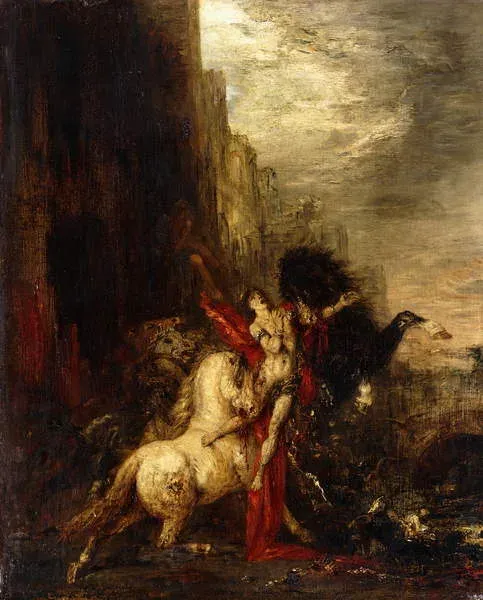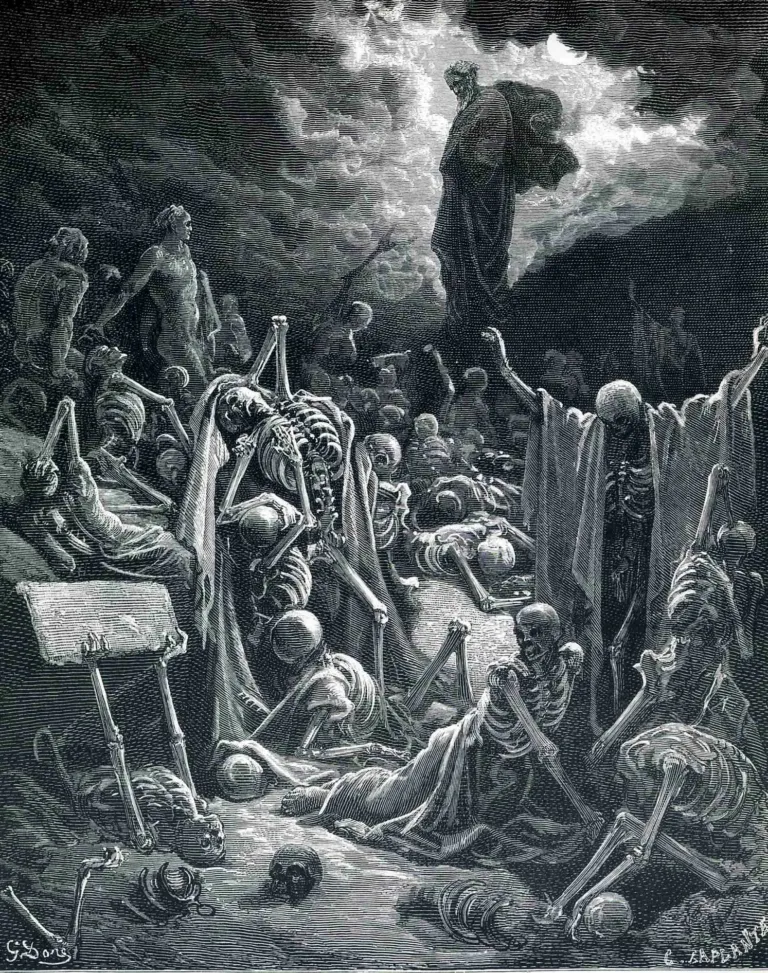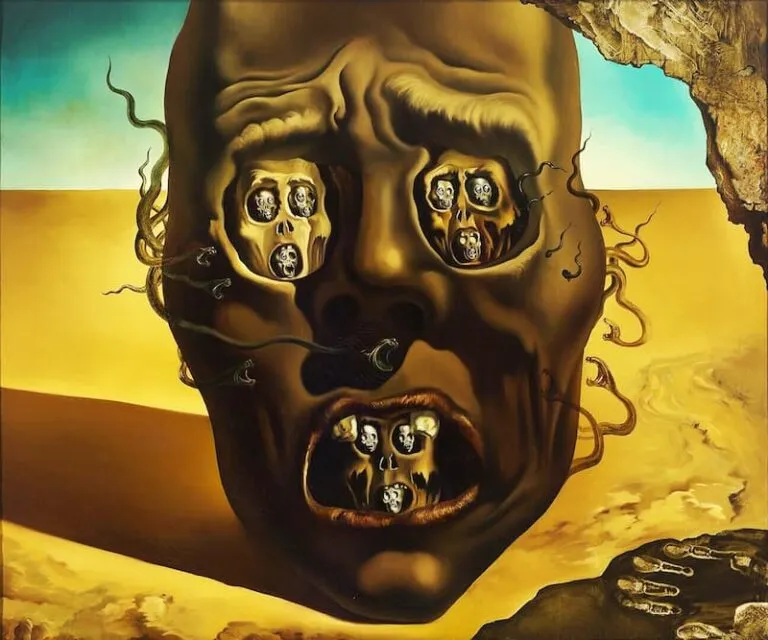The Ghost of a Flea
“The Ghost of a Flea” by William Blake: A Journey into Artistic Unconscious
A Journey into William Blake’s Artistic Unconscious: In-depth Analysis of “The Ghost of a Flea”
William Blake, one of the greatest visionary artists in art history, brought to life a vast and complex artistic universe that blends mystical, religious, and symbolic elements. Among his most enigmatic and fascinating works stands out “The Ghost of a Flea,” painted in 1819-1820 and now housed at the Tate Gallery in London.
Artistic and Historical Context
The period in which Blake created the painting was characterized by profound social, political, and cultural changes in Europe. The artist himself was immersed in a context of fervent creativity and spiritual fervor, influenced by his mystical visions and philosophical beliefs.
Description of the Painting
In the painting, Blake portrays an extraordinarily surreal scene: at the center, dominates the figure of a spectral and anthropomorphic flea, with penetrating eyes that seem to gaze into the viewer’s soul. The flea stands on a pedestal, surrounded by a gloomy and mysterious atmosphere. Its skin seems to emit an aura of malevolent presence, while its clawed legs evoke a sense of unease and oppression. The background is an explosion of colors and abstract shapes, merging into a vortex of chaos and uncertainty.
Symbolic Interpretation
“The Ghost of a Flea” is steeped in symbolism and allegory, distinctive features of Blake’s art. The flea, an insect commonly associated with annoying smallness, here becomes a powerful symbol of human fragility and its struggle against the dark and mysterious forces of the universe. Its spectral presence evokes a sense of unsettling foreboding and reflection, inviting the viewer to delve into the depths of the unconscious and existence itself.
Artistic Style and Techniques Used
Blake’s artistic style is unique, characterized by fluid lines, vibrant colors, and extraordinary attention to detail. In the painting “The Ghost of a Flea,” these characteristics manifest in all their power, creating a work that stands out for its eerie beauty and conceptual complexity. The bold use of color and the detailed rendering of forms give the painting a visceral immediacy, capturing the viewer’s attention and drawing them into a timeless emotional and spiritual journey.
Conclusions and Reflections
“The Ghost of a Flea” is much more than a simple painting: it is a portal to the unconscious, an invitation to explore the depths of the human soul and confront our deepest fears and darkest desires. Through its powerful symbolism and extraordinary visual beauty, Blake’s work reminds us of the complex and mysterious nature of human existence, inviting us to reflect on the ultimate meaning of life and art itself.
In conclusion, “The Ghost of a Flea” is a timeless masterpiece that continues to exert an irresistible fascination on anyone who approaches it, offering an aesthetic and spiritual experience that transcends the boundaries of time and space.







